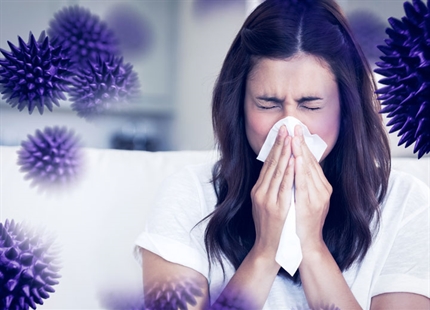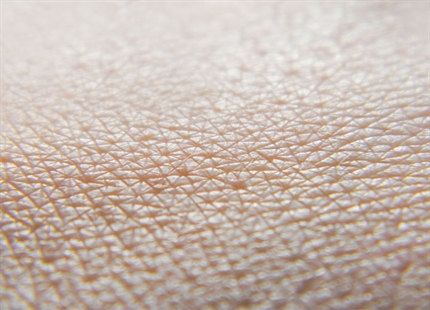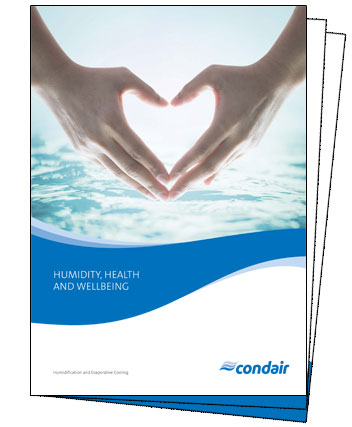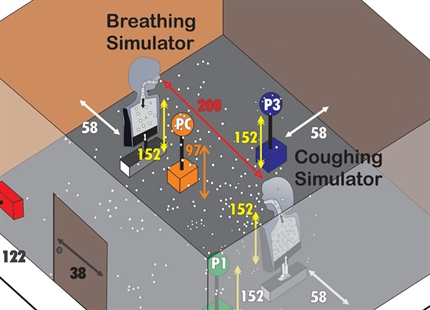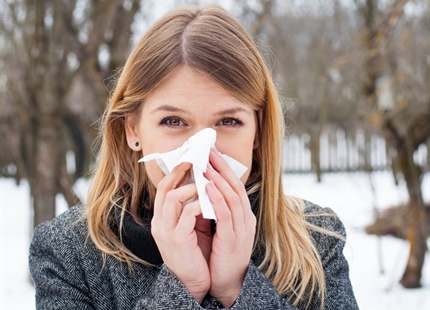Published: Jun 2000 | BMC Infectious Diseases201313:71
Predictors of indoor absolute humidity and estimated effects on influenza virus survival in grade schools
Koep T et al 2013
Abstract
Study objective was to develop and test a model for the prediction of indoor humidity and its effect on calculated 1 hour survival of influenza virus as projected by laboratory studies.
The study data are based on:
1. Experimental data collected by humidification of three empty, not ventilated classrooms on a weekend with portable humidifiers (evaporative humidification, ≈ 2 lt./h).
2. Measurements of indoor relative humidity (RH measured, absolute humidity AH calculated), temperature and CO2 in 5 min. intervals in classrooms of two grade schools in Minnesota from Jan. to end March 2011 and meteorological data for AH outside.
3. Published humidity dependent Influenza virus survival data.
Conclusions
- By means of portable humidifiers, relative humidity in an empty classroom can be increased to 60% within 4 hours. Half of the humidification effect is lost 2 hours’ post humidification.
- Indoor AH can go very low (min. 2.6 mb). Seasonal fluctuations are predicted by outdoor AH, while daily fluctuations of AH are closely associated with CO2 levels and humidity input by students.
- Calculated one hour influenza survival rate is 75% in very low indoor humidity. This rate can be reduced to 50% respectively 35%, by increasing indoor relative humidity to 40% or 60%RH.
- Modest, achievable changes in indoor RH are likely to have a substantial effect on 1-hour influenza survival as projected by laboratory experiments.

Dry air and airborne infection
Low humidity acts as a conduit for viruses and airborne bacteria to disperse and travel around a building and threaten all occupants.
Read moreDry air and our airway defence system
Low humidity dries our mucous membranes and inhibits our body's natural defence against airborne germs, viruses and bacteria.
Read moreDry air and our skin
Low humidity dries the outer layer of our skin leading to itchiness, cracking and dermatological problems.
Read moreDry air and our eyes
Low humidity dries our eyes' precorneal tear film making us prone to eye irritations and contact lens discomfort.
Read more